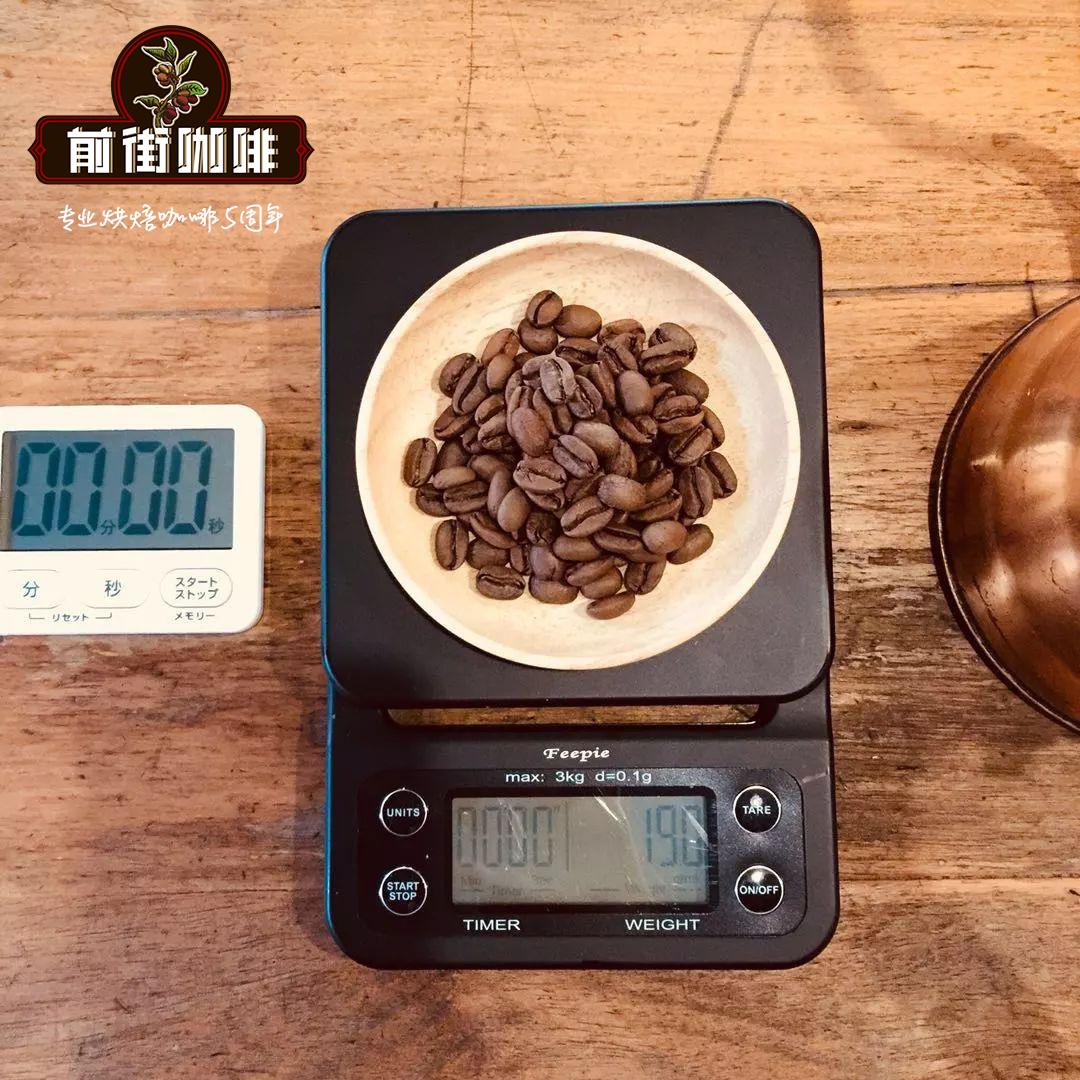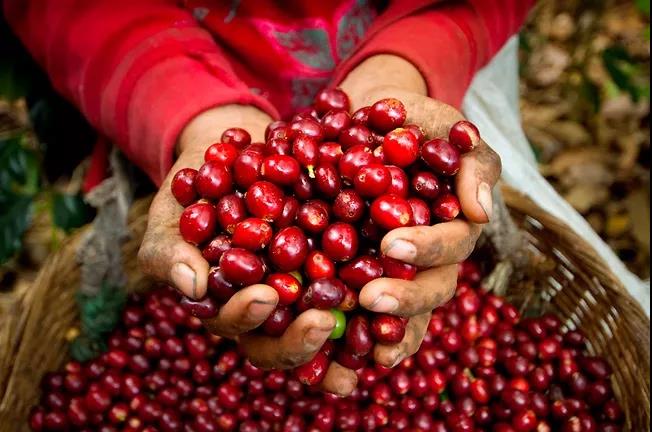Geisha coffee beans the origin of geisha coffee Xiao Candle Manor is suitable for hand-brewed coffee beans

Professional coffee knowledge exchange more coffee bean information please follow the coffee workshop (Wechat official account cafe_style)
Costa Rican Tarazu Candle Manor Geisha washing
Costa Rica Tarrazu La Candelilla Geisha washed
Country of production: Costa Rica, Costa Rica
Producing area: Tarazhu San Marcos de Tarrazu
Manor / washing Plant: small Candle Manor La Candelilla
Producers: Rafael and Lucia S á nchez
Altitude: 1750 m
Bean seed: geisha Geisha
Treatment: washing Washed
Flavor: green tea, jasmine, hibiscus, caramel sweet
Small Candle Manor Geisha in Costa Rica
La Candelilla can be said to be the forerunner of micromills, a microprocessing plant that was one of the first washing plants to be built in Costa Rica in 2000 and has since grown boutique beans. The geisha they produced used to be included in the black apron program by Black Apron.
Owned by the family, Candle is located in Tarrazu, Costa Rica, the largest coffee producing area in Costa Rica. The vast majority of varieties grown are Caturra and Catuai. Other beans include Geisha, SL-28 and Typica. The small farms around Xiao Candle add up to more than 40 hectares, and the post-production process of coffee is done in a water washing factory.
This coffee is from Xiao Candle's geisha coffee, the best washing factory in Costa Rica, hand-made coffee beans recommended, it's a pity to miss it!
Introduction to Costa Rica
The coffee beans produced at the high latitudes of Costa Rica are famous in the world, full-bodied, mild in taste, but extremely sour.
After careful treatment, it is precisely because of this that there is high-quality coffee. Tarasu, located in the south of SanJos é, the capital of Costa Rica, is one of the most important coffee growers in the country. Tarasu (Tarrazu) is one of the major coffee producers in the world.
Course of development
Coffee is an important economic source of Costa Rica. It was introduced in 1808 and has been cultivated for 200 years. Costa Rica has 1x3 population input.
In the coffee-related industry, Colombians say that coffee has changed the country and enjoyed a rich environment, and coffee has indeed made an outstanding contribution. Although the land area of Colombia ranks third from the bottom of Central America, its economic environment is better than that of half of the countries. due to the affluence of the people, social stability, and spare capacity to care about environmental issues, there are more than 30 national parks in Colombia.
Coffee was introduced into Costa Rica from Cuba in 1729. Today, its coffee industry is one of the well-organized industries in the world, with a yield of 1700 kg per hectare. Costa Rica has only 3.5 million people but 400m coffee trees, and coffee exports account for 25 per cent of the country's total exports. Costa Rica's volcanic soil is very fertile and well drained, especially in the central plateau CentralPlateau, where the soil consists of successive layers of ash and dust. Costa Rica was therefore the first country in Central America to grow coffee and bananas for commercial value. Coffee and bananas are the country's main exports.
Important Notice :
前街咖啡 FrontStreet Coffee has moved to new addredd:
FrontStreet Coffee Address: 315,Donghua East Road,GuangZhou
Tel:020 38364473
- Prev

Geisha coffee beans suitable for hand-brewing at Santa Ferrisa Manor in Guatemala
Professional coffee knowledge exchange more coffee bean information please follow coffee workshop (Wechat official account cafe_style) flavor description: strong tropical fruit aroma and flavor, guava, sweet papaya and so on. Elegant and lingering floral aromas, rose finish, citrus acid and Body as delicate as cream and syrup. Guatemala Santa Felisa Manor Geisha Coffee country: dangerous
- Next

Introduction of Brazilian Red Bourbon Coffee Bean | past Life and present Life of the Family of Red bourbon Coffee Bean
Brazilian red bourbon cost-effective, taste balanced Brazilian single coffee [country] Brazil Barsil [variety] red bourbon, Red Bourbon [treatment] hand extract, and then half-sun treatment [origin] South Minas [altitude] 700m-1200m [treatment method] semi-washed [flavor] high sweetness, clean, supple, low acid value, tropical fruit flavor. 0
Related
- Detailed explanation of Jadeite planting Land in Panamanian Jadeite Manor introduction to the grading system of Jadeite competitive bidding, Red bid, Green bid and Rose Summer
- Story of Coffee planting in Brenka region of Costa Rica Stonehenge Manor anaerobic heavy honey treatment of flavor mouth
- What's on the barrel of Blue Mountain Coffee beans?
- Can American coffee also pull flowers? How to use hot American style to pull out a good-looking pattern?
- Can you make a cold extract with coffee beans? What is the right proportion for cold-extracted coffee formula?
- Indonesian PWN Gold Mandrine Coffee Origin Features Flavor How to Chong? Mandolin coffee is American.
- A brief introduction to the flavor characteristics of Brazilian yellow bourbon coffee beans
- What is the effect of different water quality on the flavor of cold-extracted coffee? What kind of water is best for brewing coffee?
- Why do you think of Rose Summer whenever you mention Panamanian coffee?
- Introduction to the characteristics of authentic blue mountain coffee bean producing areas? What is the CIB Coffee Authority in Jamaica?

